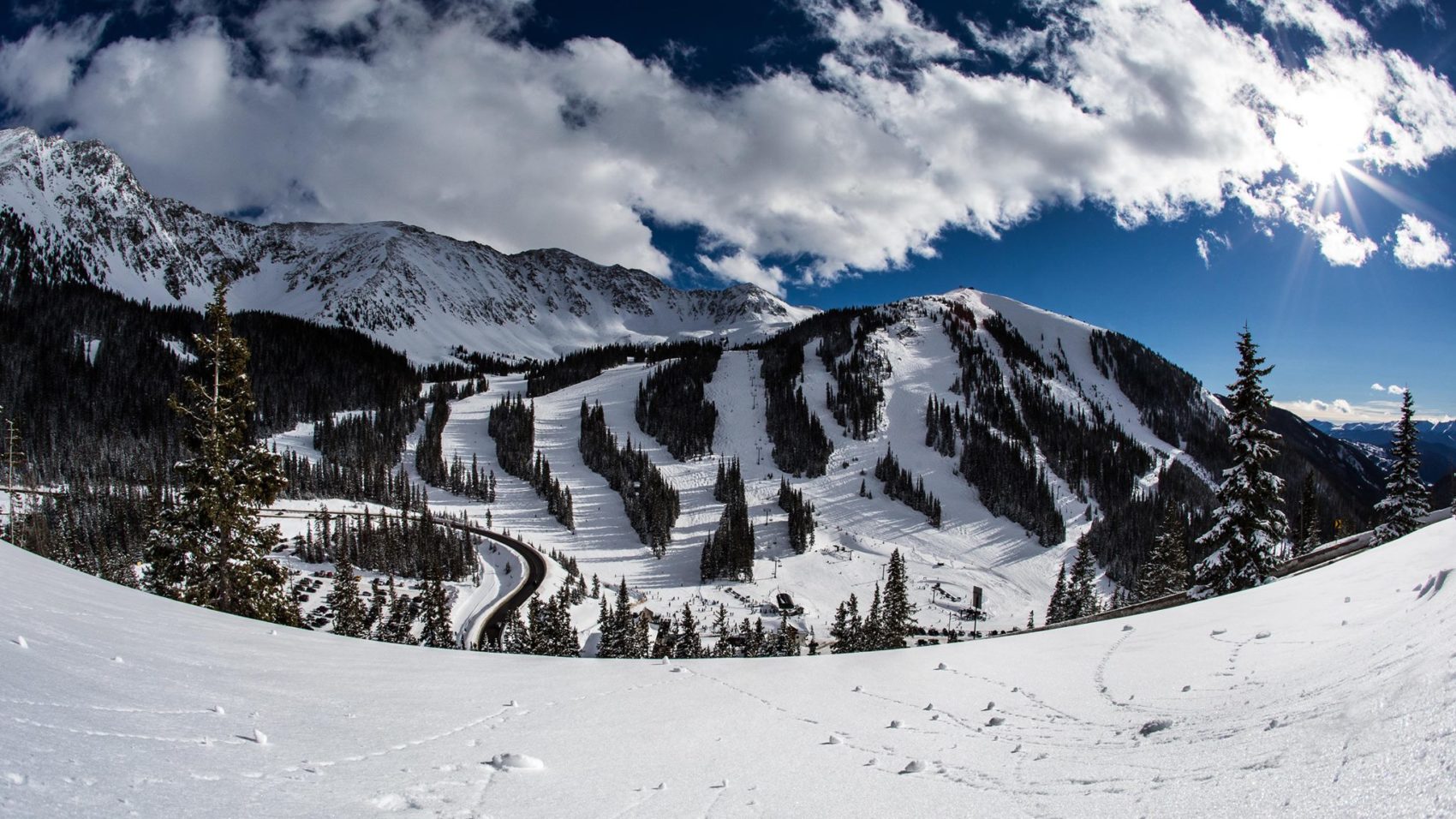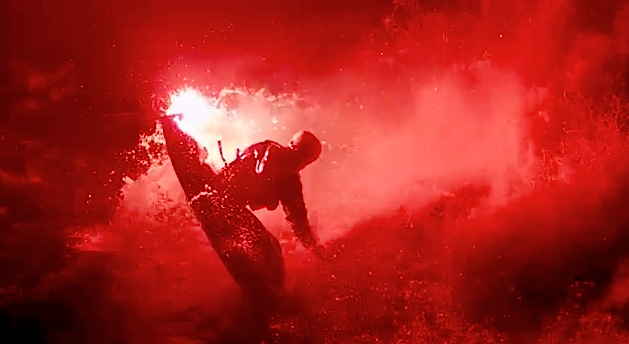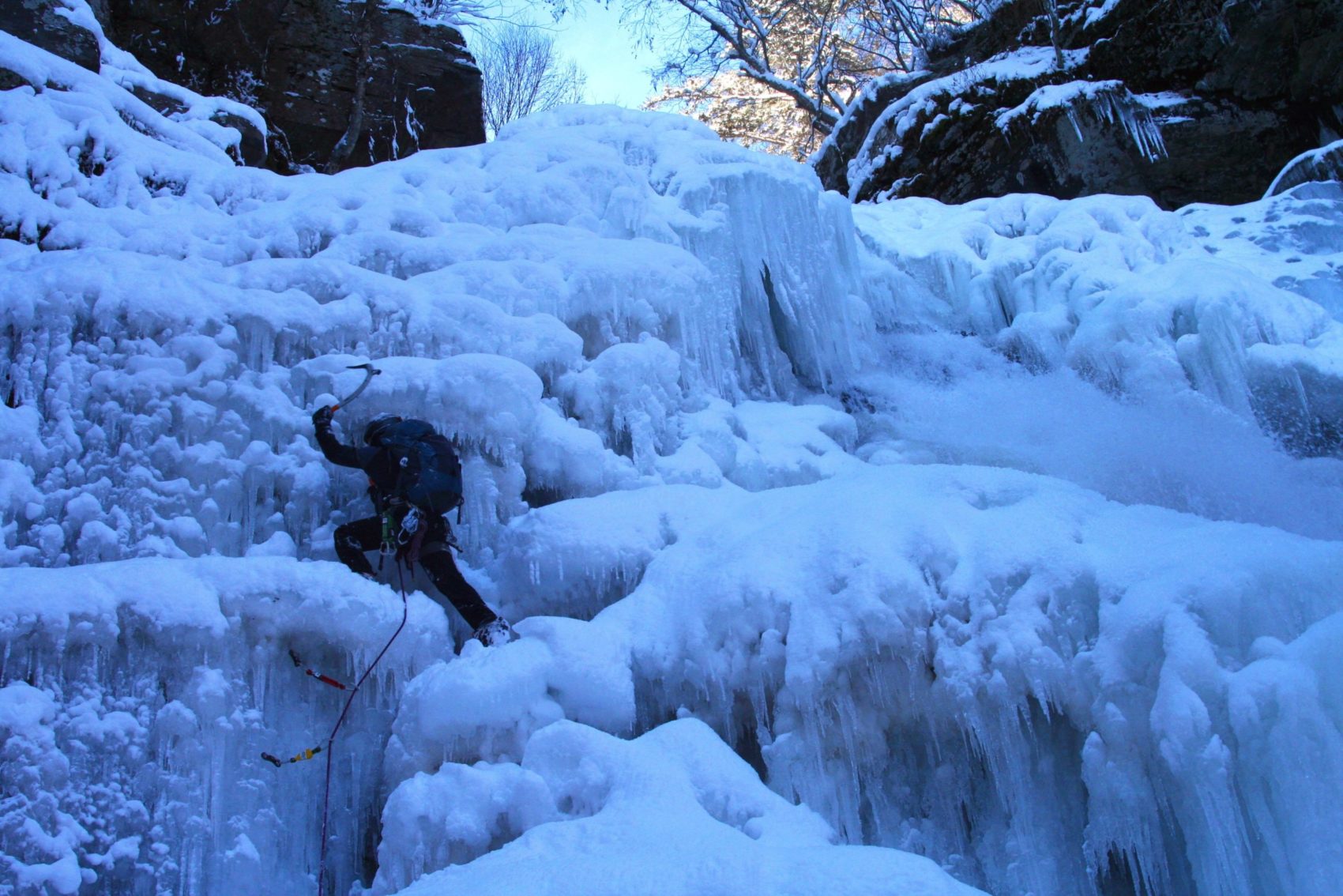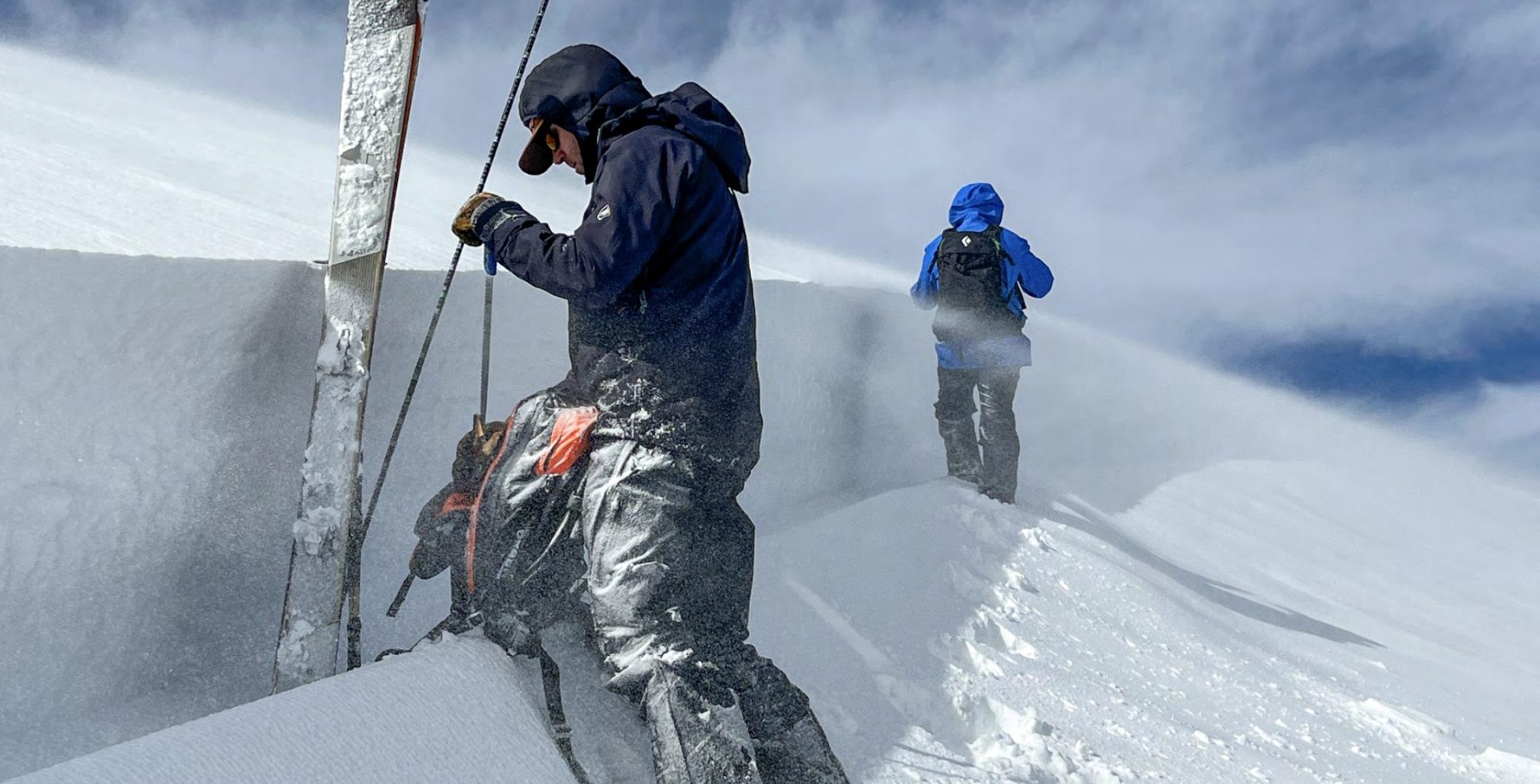
Summer is a time for reflection and building for many parts of the ski industry. Seasons are analyzed, ground is broken on new projects, and new courses are charted for the next winter. The Utah Avalanche Center recently released its annual report, giving the public an inside look about how it thought about the winter in Utah, as well as what the next season will bring. Here’s a quick look through some of the highlights.
Avalanche hazard is closely related to weather, and this winter Utah had plenty of weather events that led to major avalanche cycles. The story of this season’s weather was pretty much the same across the zones of the Utah Avalanche Center. October and November brought early season snow that would generate problems for months to come. If snow is sitting around on the ground for a while in the right conditions, the snow crystals will change to a shape known for its structural weakness. Add a huge load on top of that from a big storm cycle like the one that came to Utah in the end of December and you’ve got a big avalanche problem. Think of stacking a bunch of bags of potatoes on a layer of wine glasses. This kind of early season weak layer happens pretty much every year, but the length of the December drought this year and the intensity of the storm that finally did come lead to some remarkable avalanche activity in all zones. Another large storm cycle around Valentine’s day led to more widespread avalanche activity across the state. In Provo, a third of the season’s total snowfall fell in just 18 hours. Large avalanches were observed for the rest of the season in certain zones, but late March and early April brought more consistent conditions and a more stable snowpack.
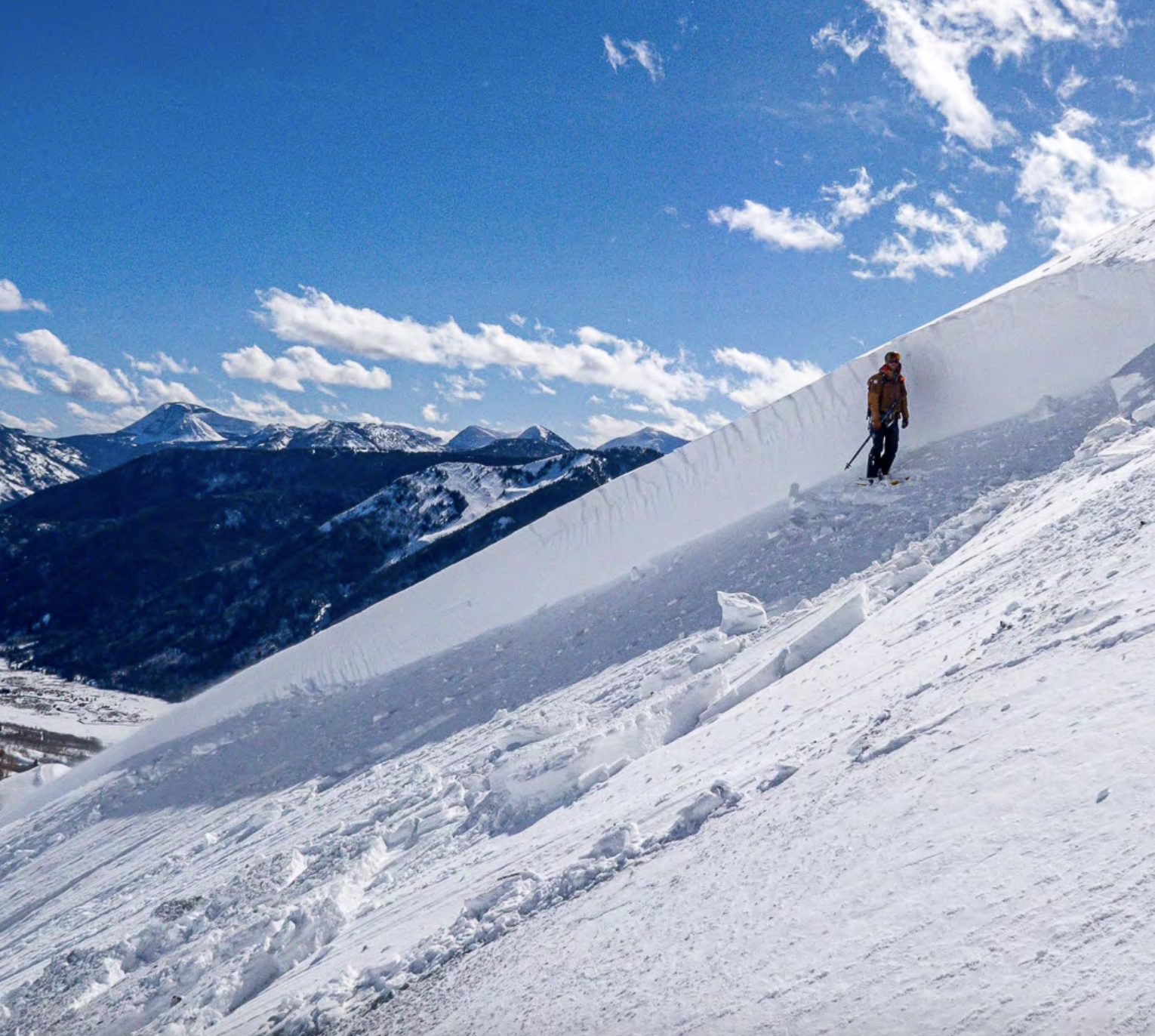
Unfortunately, the unstable snowpack for much of the season and the relative lack of precipitation in the start of the season contributed to the highest number of avalanche fatalities since 2021. Five people died in avalanches with 13 more fully buried and a whopping 73 people caught and carried by a slide. The Utah Avalanche Center emphasized that each avalanche fatality is a tragedy, but also a learning opportunity, and they thoroughly investigate each accident to try to understand the factors that led to catastrophe. Two accidents in late December, the Porter Fork and the Davenport Hill accidents, both involved solo backcountry travelers on ‘High’ danger days. Two more accidents occured in early February, the Beer Hill and the East Bowl accidents, the latter involving ski guide Higinio “Quino” Gonzalez. The final fatality of the season happened in early March on Hoyt Peak. In reflecting on these accidents as a whole, the Utah Avalanche Center said, “Over the past decade, research shows a troubling trend of educated and experienced backcountry travelers involved in avalanche accidents. How do we, as a community, respond to this increasing trend?”
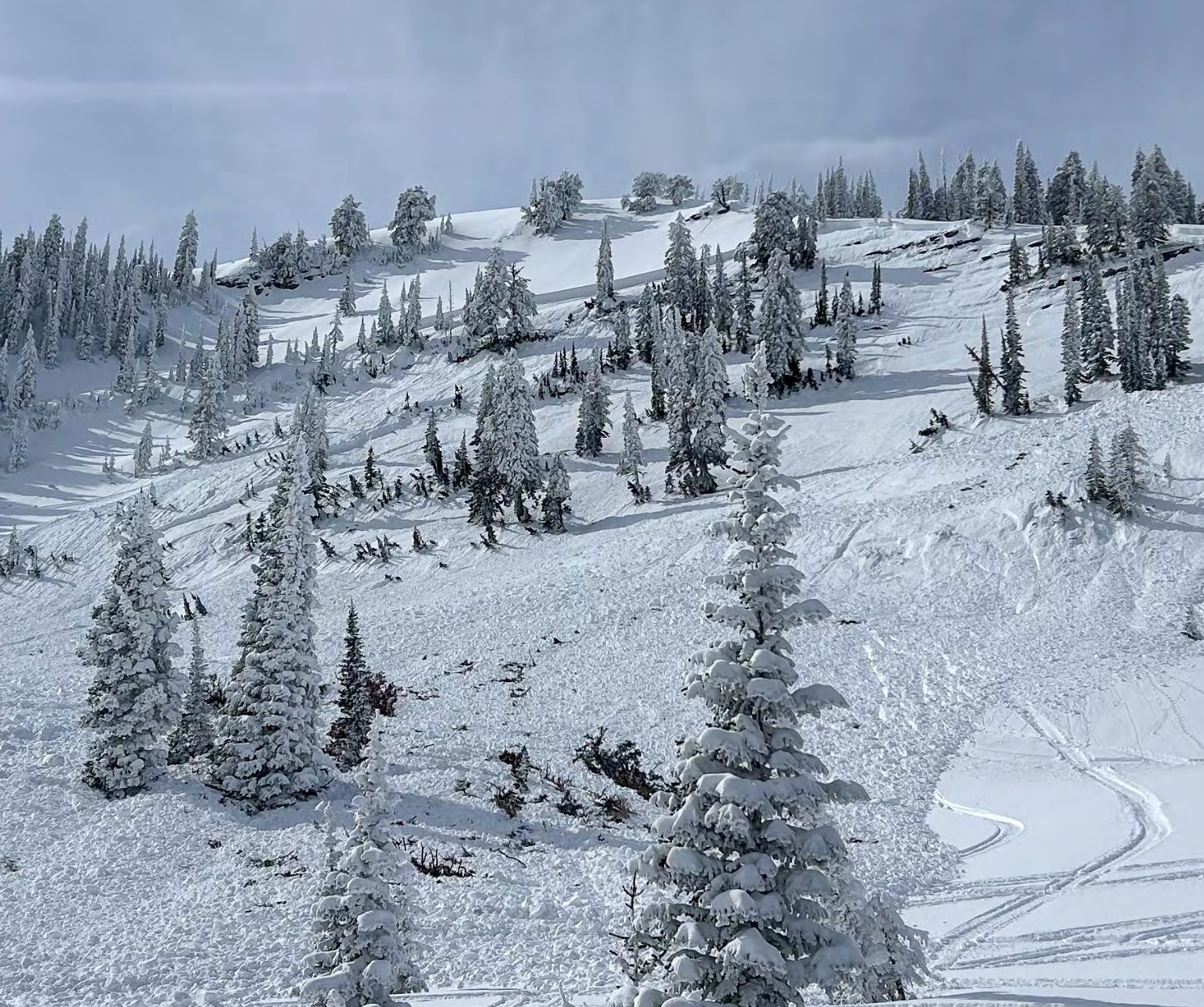
One of the ways the Utah Avalanche Center has been trying to actively reduce the number of accidents that occur every season is through public education and extensive outreach programs. And this year was no different. The first week in December brought the sixth annual Avalanche Awareness Week, with 16 events across the state reaching over one thousand people. Utah is currently the only state with an officially recognized avalanche awareness week. This season also saw a continuation of the Trailhead Avalanche Awareness Program, which involved staff members sharing avalanche forecasts, answering questions, and talking about safe radio use at 17 popular trailheads. The popular Know Before You Go program actually contracted in size this year. Only 100 presentations were given this year to a total of 3,535 people compared to last season where 119 events reached 4,948 people.
In a season that was kicked off with uncertainty about Federal funding for Forest Service avalanche centers, the Utah Avalanche Center maintained fairly consistent funding this year. Its reported total revenue was around $1.5 million, down from $1.7 million the previous year, a 14% drop, but expenses also fell by 17%, remaining below total revenue at $1.4 million. Individual donations grew by 20% to $491,000, representing 32% of the total revenue.
Check out the full report on the Utah Avalanche Center website.

